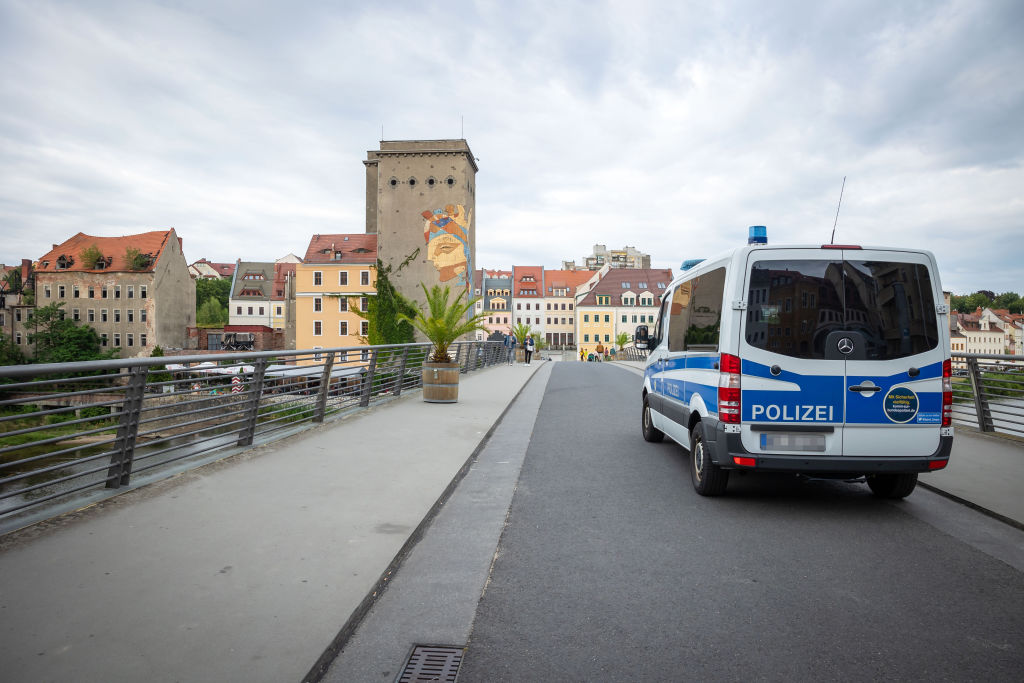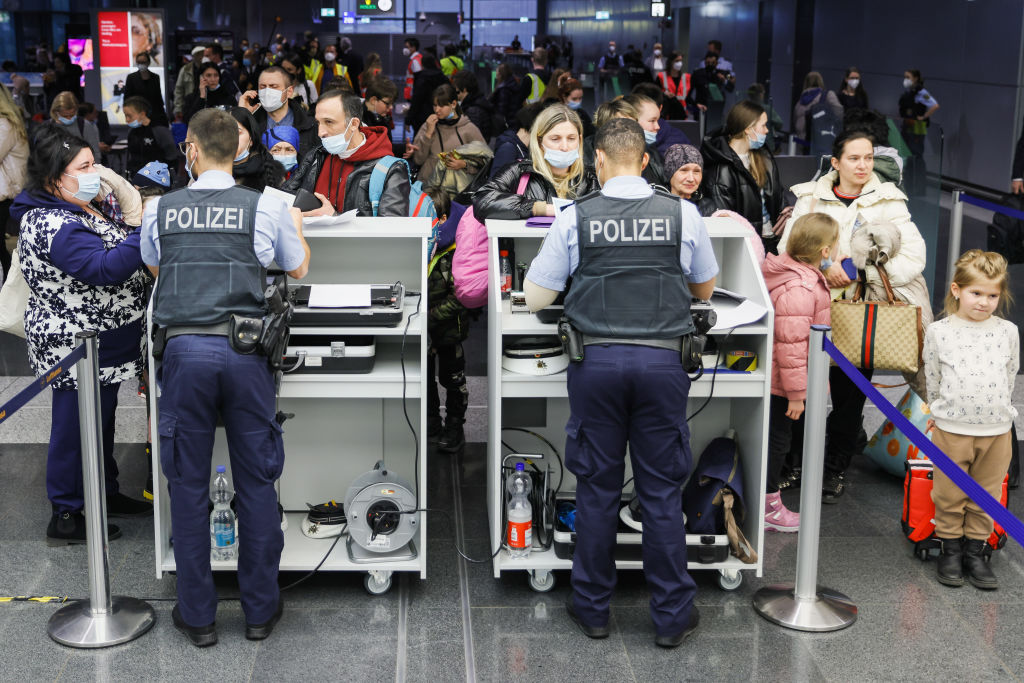Germany’s border controls have successfully targeted illegal border crossing into the country, according to published figures.
On October 27, newspaper Bild am Sonntag reported that the police had registered 53,410 unauthorised entries in checks over the first nine months of this year.
The figures were confirmed by the German Federal Police via the German Press Agency.
According to these provisional figures, 1,195 alleged smugglers have been arrested and officers logged 1,088 cases of trafficking.
A total of 28,321 people were rejected nationwide at the land borders, forcing them to turn back.
Controls at airports and seaports were not taken into account, while the numbers at land borders could still change, for example, due to subsequent registrations.
Between January and September of this year, the police apprehended 7,783 people for whom an arrest warrant had been issued.
Their violations spanned from administrative infractions to grave felonies, including outstanding prison sentences and international arrest warrants.
Entry denial is particularly applicable in cases where individuals fail to officially seek asylum or are subject to existing re-entry restrictions.
This applies specifically to previously deported individuals and those from designated “safe” countries of origin, whose asylum claims have been dismissed as manifestly unfounded.
Green representatives have written an open letter to the European Commission President, Ursula von der Leyen, demanding she ends border controls in Germany. https://t.co/ojscBy8Dgq
— Brussels Signal (@brusselssignal) August 14, 2024
Germany is part of the Schengen Agreement covering an area where internal border checks have theoretically largely been abolished.
The Schengen Borders Code allows members to temporarily reintroduce controls at their internal borders in the event of a serious security threat.
With the European football championships that took place in Germany this summer, the country’s interior minister Nancy Faeser reinstated border controls, citing fears of Islamist-inspired terrorist attacks and cross-border crime.
Controls were enacted on borders with Denmark, the Netherlands, Belgium, Luxemburg and France, where the latter also carried out checks in light of the Summer Olympic Games in Paris.
They already existed on Germany’s borders with Poland, the Czech Republic, Austria and Switzerland.
In mid-September, Faeser ordered stationery controls at all land borders, which have enabled direct rejections to be made at the border.
Bild am Sonntag also gave details of the rejections. Most happened at the Swiss border, where 9,113 people were turned back. In Poland the numbers stood at 7,862, in Austria 5,468 and in France 2,350.
Some 5,935 of those rejected came from Ukraine, 4,708 from Syria and 2,396 from Afghanistan, while 1,482 migrants who had already been deported had tried to re-enter the country.
Manuel Ostermann, deputy chairman of the Federal Police Union, said the controls had been a success and had led to a drop in the number of illegal migrants.
He did add that the border controls currently required extensive police manpower and in the long term, more technological assistance would be needed, allowing law enforcement to redirect resources to other priorities.
In the transport sector, the controls were less enthusiastically endorsed with many complaining they have created costly delays.
As things stand, the current controls are set to last until the end of 2025.
Three more European Union nations have reintroduced border controls due concerns over growing terrorism threats, further impacting the Schengen Area. https://t.co/aVjt0IpV0U
— Brussels Signal (@brusselssignal) October 20, 2023





